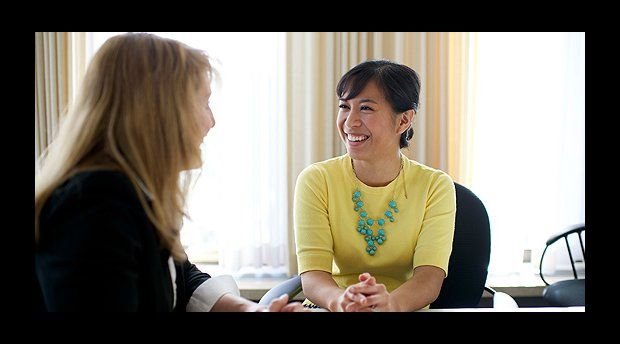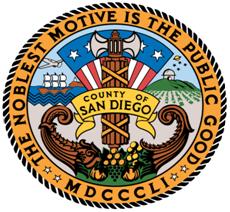Use the Proper Body Language or Risk Destroying Your Interview
Post Views 4Giving them a limp handshake, letting your eyes drift off, and fidgeting are just a couple of the subtle blunders that may destroy your success in a job interview. Although you may have been unaware that you are doing all of these things, the interviewers who pick up on negative nonverbal communication are likely to doubt how well you would be for the job.
Nonverbal communication can be misread as just as much–and sometimes it can be judged more harshly–than the responses that you give to the questions you’re asked during the interviews. It can even be the single factor that helps the hiring managers decide between you and another candidate when you are both just as equally as qualified for the job. That is why it is to incredibly important to be as mindful as possible about your posture, facial expressions and other behaviors.
”The most important idea is to project confidence and professionalism,” said Heather Krasna, who is the author of ‘Jobs That Matter: Find a Stable, Fulfilling Career in Public Service.’
”If you find yourself becoming very nervous about interviewing, realize that this is normal. Practice interviewing in front of a mirror, on video or with a friend or career coach until you feel a bit more comfortable,” suggests Krasna.
In her new book, Krasna offers the following tips for ensuring the most positive, appropriate and polite nonverbal communication:
-Handshake: A firm handshake is considered a dead giveaway for confidence, Take the other person’s hand in your right hand (don’t use both hands), so that the space between your thumb and your first finger touched their. In doing this, give them a firm, but not crushing, squeeze. Then you should shake the person’s hand up and down slightly, just once. If you have embarrassing, sweaty hands, before to wipe them on your pants before you go to shake the interviewers hand.
-Posture and physical distance: When you are sitting in a chair, you should always sit up straight for lean forward slightly (don’t slouch). If you plan on crossing you legs, do it so that one knee is stacked on top of the other, or just cross your ankles overlapping each other. Do not stretch your legs out in front of you, or sit with your legs spread far apart–it looks much too casual. When you are standing next to someone, about 3 feet is the normal distance in most part of the U.S. Standing too close to someone can make them feel too uncomfortable.
-Arms and hands: You can ”talk with your hands” to some extent, but make sure not to do so to the point of distracting your interviewer. Sitting with your arms crossed in front of you can look much to defensive or shut off. Instead, try to have a more open posture. Do not fidget, play with your hair or pen, or even biting your nails!
Use the Proper Body Language or Risk Destroying Your Interview by Harrison Barnes



 How to Succeed at a New Job
How to Succeed at a New Job  What Should You Do Once You Receive a Job Offer?
What Should You Do Once You Receive a Job Offer?  Amazon May Have a Better Grasp on Workplace Culture
Amazon May Have a Better Grasp on Workplace Culture  San Diego County Back to Full Employment
San Diego County Back to Full Employment  Top Five Reasons Talented Employees Quit
Top Five Reasons Talented Employees Quit  Job Growth Expected in West Michigan Through 2015
Job Growth Expected in West Michigan Through 2015